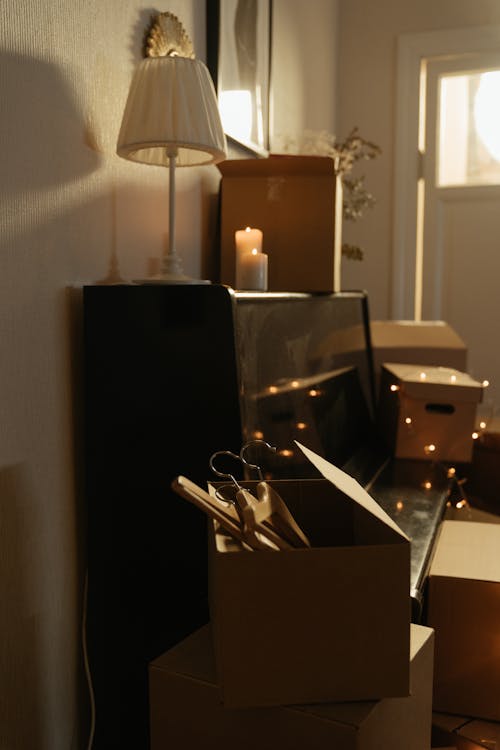Moving a piano is a delicate and challenging task that requires careful planning, professional expertise, and a budget to cover the costs. Whether you own a small upright piano or a large grand piano, the cost of moving can vary based on several factors, including size, weight, distance, and additional services required. In this comprehensive guide, we will explore the key factors that influence piano moving costs, provide estimated price ranges, and offer budgeting tips to help you prepare for a smooth and stress-free relocation.
Why Hiring Professional Piano Movers Is Essential
Pianos are heavy, delicate, and expensive instruments that require specialized handling during a move. Attempting a DIY move can lead to:
- Injury risks due to their weight and awkward shape.
- Damage to the piano, including scratches, broken pedals, or internal structural issues.
- Damage to floors, walls, or doorways if moved improperly.
- Tuning issues caused by rough transportation.
Professional piano movers have the necessary equipment, experience, and insurance to ensure a safe and secure move, which is why their services come at a cost.
Factors That Influence Piano Moving Costs
The cost of moving a piano depends on several key factors:
- Type and Size of the Piano
Pianos come in different shapes and sizes, each requiring different handling techniques. Larger and heavier pianos cost more to move due to increased labor and equipment requirements. The larger the piano, the more complex and costly the moving process becomes.
- Distance of the Move
The cost of moving a piano varies significantly based on the distance traveled.
- Local Moves (Less than 50 miles): Typically range from $150 to $600, depending on the piano size and moving difficulty.
- Long-Distance Moves (50–1,000+ miles): Can cost between $500 and $2,500, often calculated based on mileage and weight.
- International Moves: These require specialized crating and shipping, often costing $2,000 – $5,000 or more.
- Accessibility and Moving Challenges
Difficult moving conditions increase the overall cost. Common challenges include:
- Stairs: If movers need to navigate stairs, expect additional charges of $5-$10 per step or a flat fee of $50-$150.
- Tight Spaces or Obstacles: Narrow hallways, elevators, or difficult turns may require special equipment and extra labor.
- Disassembly & Reassembly: Grand pianos may need their legs, pedals, and lid removed before transport, adding $100 – $300 to the cost.
- Additional Moving Services
- Storage Fees: If you need to store your piano before moving into a new home, storage costs range from $50 to $200 per month.
- Crating for Long-Distance Moves: A custom-built crate for additional protection can add $300 – $800 to the moving cost.
- Tuning After the Move: Moving can affect a piano’s sound quality, requiring a tuning service ($100 – $300).
- Insurance Coverage: Some professional movers offer additional insurance coverage for high-value pianos, costing around 1-2% of the piano’s value.
How to Budget for a Piano Move
- Get Multiple Quotes
To find the best deal, request estimates from at least three professional piano moving companies. Make sure the quote includes all fees, such as stairs, assembly, and insurance.
- Plan Your Move During Off-Peak Seasons
Moving companies tend to charge higher rates during peak moving seasons (summer and holidays). If possible, schedule your move during the off-season to save money.
- Reduce Additional Fees
- Measure Doorways & Hallways: Ensure there’s enough space to move the piano without extra labor.
- Choose Ground Floor Pickup & Delivery: If possible, moving from and to ground-floor locations avoids stair fees.
- Bundle with Other Moving Services: If relocating your entire household, bundling the piano move with other services may reduce costs.
- Consider Moving Insurance
Check if your piano is covered under your homeowner’s insurance. If not, consider purchasing additional moving insurance to protect your instrument from damage.
- Set Aside Funds for Tuning & Maintenance
Budget an additional $100 – $300 for tuning after the move, as the piano may go out of tune due to transportation.
DIY vs. Professional Piano Movers: Is It Worth Saving Money?
Some piano owners consider moving their piano themselves to save money. While this might be possible for smaller upright pianos, DIY moving comes with risks.
Pros of DIY Piano Moving:
- Cost savings if done correctly.
- Full control over the process.
- Works for short-distance moves within the same building.
Cons of DIY Piano Moving:
- High Risk of Injury: Pianos are extremely heavy and awkward to lift.
- Potential for Damage: If the piano is dropped or mishandled, repair costs can exceed professional moving fees.
- Requires Special Equipment: Moving a piano safely requires piano dollies, straps, and moving blankets.
- Time-Consuming: Without professional experience, moving a piano can take significantly longer.
If you are considering a DIY move, you will need:
- At least 4 strong people to lift and carry the piano.
- A piano dolly (rental cost: $20 – $50 per day).
- Moving straps and blankets for protection.
- A ramp or liftgate if moving into a truck.
Bottom Line: Hiring professionals is the safest and most reliable option for moving a piano, especially for large or expensive instruments.
Final Thoughts: Is Professional Piano Moving Worth the Cost?
Moving a piano is an investment, and hiring professional movers ensures your instrument arrives safely without damage or injury. While the cost of moving a piano varies based on size, distance, and additional services, careful budgeting can help you minimize expenses.
Key Takeaways:
- Local moves cost between $150 – $600, while long-distance moves can exceed $2,000.
- Grand and concert pianos cost more to move due to their size and weight.
- Additional costs like stairs, storage, and tuning should be factored into your budget.
- Hiring professionals reduces risks and ensures a smooth, stress-free move.
If you’re planning to move a piano, getting multiple quotes, scheduling during off-peak times, and preparing for additional expenses will help you manage costs effectively.


